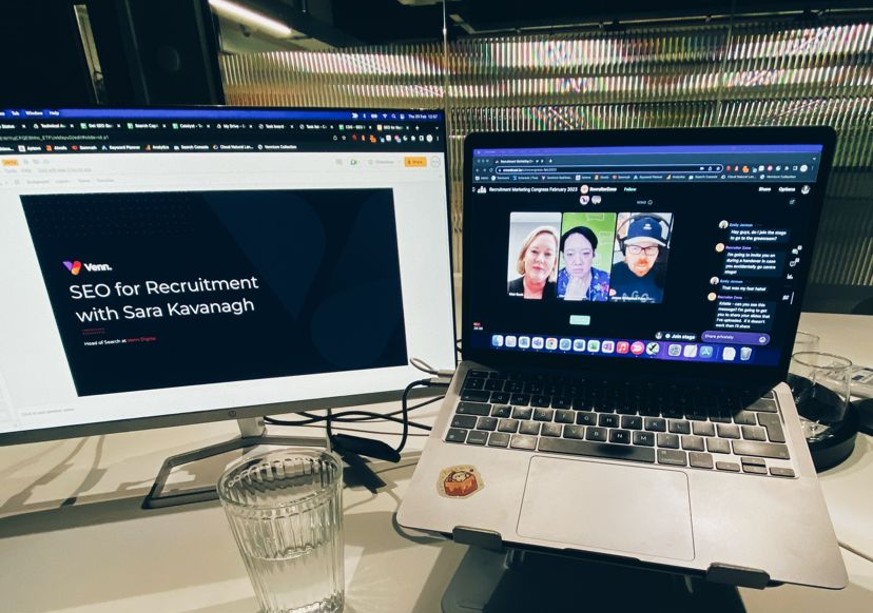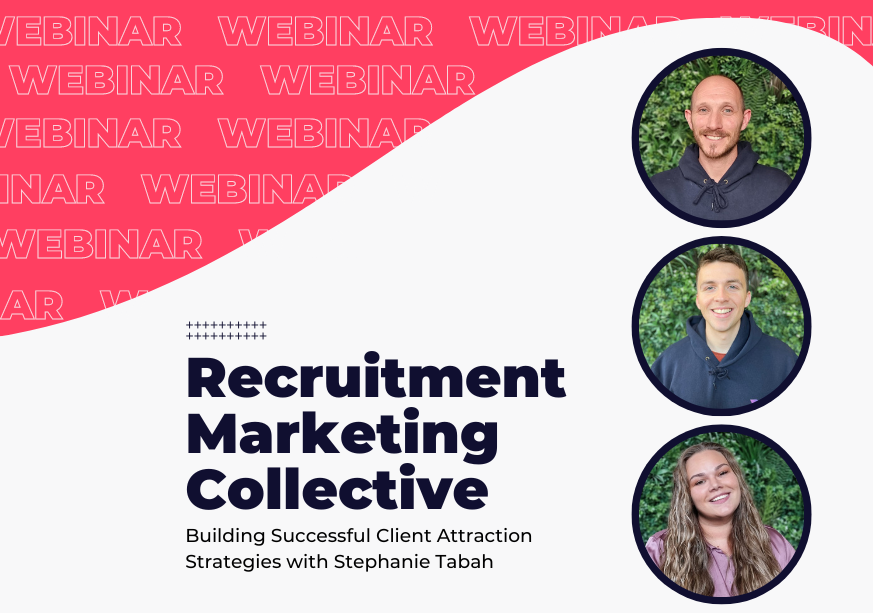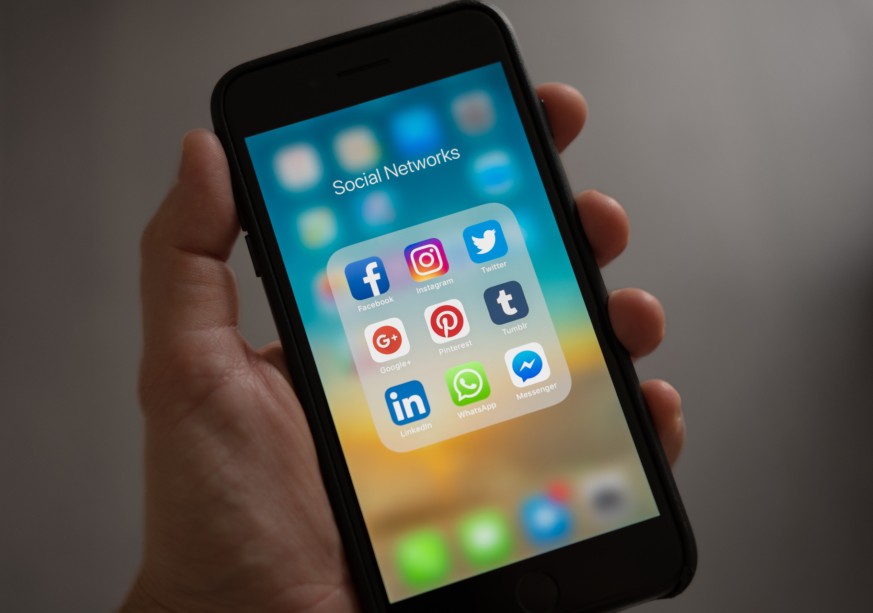We are living in a digital age where a recent report shows 96% of 16-24 year olds and over 80% of 25-44 year olds are connecting with social media. With newer apps such as Snapchat and Instagram continuing to grow year on year, the rise of the ‘influencer’ and businesses spending more than ever on social media advertising, you would think consumers have the power. Unfortunately, it quite often feels like every new UI update is one step forward and two steps back as the biggest social media platforms seem to ignore the feedback from users.
Why is no-one listening?
Twitter rolled out a new 280-character limit in November, giving its users ‘more characters to express themselves.’ This change came following a 2-month testing period, but surprisingly that wasn’t the app’s most requested feature or update. The ability to edit tweets has been requested by users since before 2016 and Twitter Chief Executive Jack Dorsey agreed that a form of edit is required and the company was considering its options. Twitter’s main reservation for allowing edited tweets is that, once a tweet has been re-tweeted thousands of times it could then be altered to say something offensive or public figures could change what they originally stated. The platform has considered implementing a strict-time frame for editing tweets to get around this, but would still allow users to edit for typos. However, it’s now 2018 and there is still no sign of it so we’re not holding our breath.
not sure why you're quoting this tweet but yes, a form of edit is def needed. But for everyone, not just those w badges
— jack (@jack) December 29, 2016
Facebook is another one to ignore the demands of its users, at a public Q&A in December 2014 Mark Zuckerberg said “People have asked about the dislike button for many years” and went on to launch the reactions feature in February 2016, which didn’t contain a dislike button but allows users to add emotions such as love, sad or anger to a post. Interestingly, although a ‘reaction’ is valued higher than a ‘like’ by Facebook’s algorithm, each of the reactions carries the same weight, so if you react with ‘angry’ to a post it will have the same effect on the algorithm as a ‘love’ reaction and serve up other similar posts. The reason for not allowing reactions to have a negative effect on the algorithm, is likely to be the same as Facebook’s argument for not having a dislike button; it doesn’t want users to be able to up or down-vote content. Zuckerberg's statement about the dislike button was “I don’t think that’s socially very valuable or good for the community to help people share the important moments in their lives.” It is also important to consider potential effects a dislike button could have on mental health, a report by the Royal Society for Public Health revealed that across five social media platforms, the greatest negative impact was around sleep, bullying and FOMO.
About Algorithms
An algorithm helps decide what posts or adverts are most relevant to a user, and therefore what to display to get the most engagement. Not all social media platforms use them, Instagram displayed posts in chronological order until late 2016.
Despite Instagram promising “to take time to get this right and listen to your feedback along the way” their new algorithm was not well received. It even prompted an article in the Huffington Post titled ‘Dear Instagram, We Hate The Stupid algorithm – Sincerely, Every User’ and unfortunately, it doesn’t look like we will be getting the old timeline back anytime soon.
The latest app to fall foul of consumer power is Snapchat, the latest update was not well received and resulted in a petition to remove the update which gathered 1.2 million signatures. Alongside this, a single tweet from Kylie Jenner caused a 6% drop in share price, reducing the company’s market value by $1.3bn, reinforcing the power of influencers.
Snapchat has responded by saying: “Beginning soon on iOS, and with Android in the coming weeks, we are introducing tabs in Friends and Discover, which will make it easier to find the Stories that you want, when you want them.” We will reserve judgement, for now.
sooo does anyone else not open Snapchat anymore? Or is it just me... ugh this is so sad.
— Kylie Jenner (@KylieJenner) February 21, 2018
I do believe Snapchat’s update had the best intentions. It came as an effort to separate sponsored & user-generated content for its users. Now they swipe left to see and interact with friends and right to see an algorithm feed of celebrity and branded content along with paid for placements. Finding the balance between user & branded content is an issue across social media platforms, highlighted when Mark Zuckerberg announced he was going to ‘fix’ Facebook and make changes to the algorithm as users are being increasingly bombarded with fake news and ads.
The Future
In amidst the updates and algorithm changes, a new social media platform Vero is gathering momentum. A subscription-based app that promises ‘no ads or algorithms’ and is waiving their annual subscription fee, for its first million users. The app has soared to the top of download charts in recent weeks, despite being around since 2015 suggesting consumers really are sick of existing platform updates. It sounds interesting, but the sudden rise in popularity has overloaded servers and caused the App to stop working for many users meaning it may have fallen at the first hurdle. There is also some controversy over the terms & conditions and owner of the app which has led users to delete their accounts. The success and future of Vero will ultimately be decided by the users, namely WHO uses it and HOW it is used.
The future of social media is unpredictable with new technologies being developed daily. But the rapid rise of Vero goes to show, existing platforms aren’t listening to their users and consumers are sick of being ignored. The door is open for new apps to develop who will listen, Vero could be the first in a new generation of subscription social media to offer a chronological feed and allow users to decide what they want to see.







